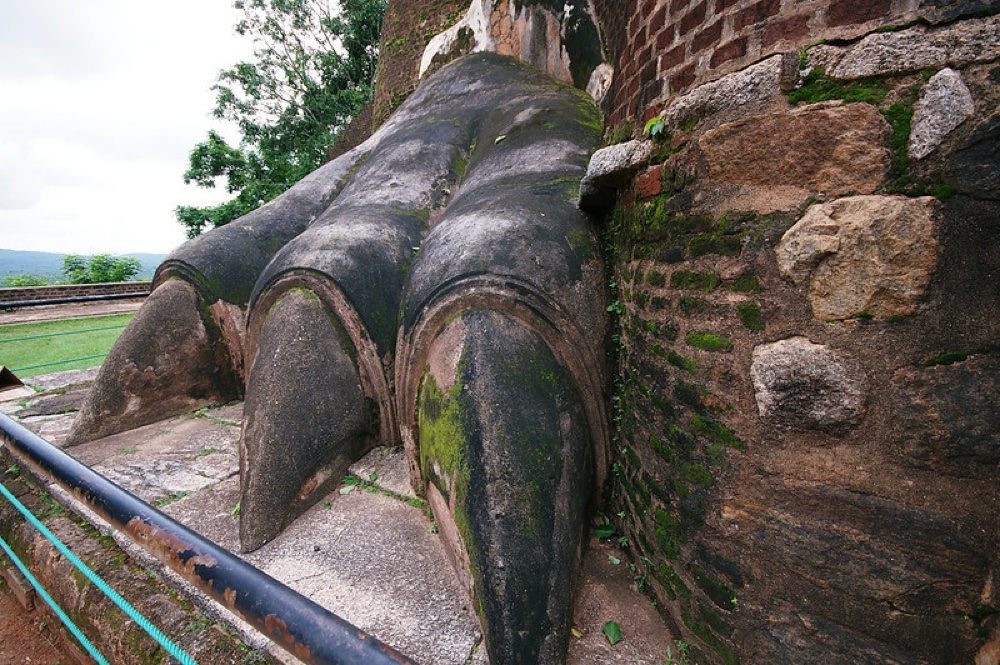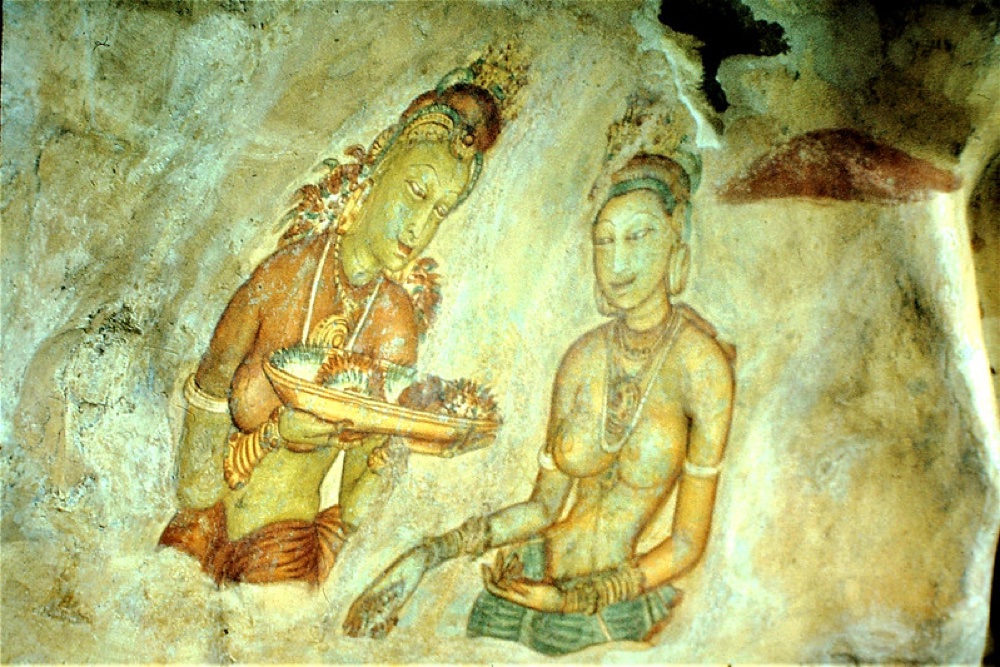Welcome to Sigiriya
Sigiriya, also known as the Lion Rock, is a magnificent ancient rock fortress and palace complex that rises 200 meters above the surrounding plains in Sri Lanka's Central Province. This UNESCO World Heritage Site represents one of the finest examples of ancient urban planning and landscape architecture in the world.
Built in the 5th century CE by King Kasyapa I, Sigiriya combines spectacular engineering, exquisite art, and sophisticated garden design in a setting of extraordinary natural beauty. The site encompasses the remains of an upper palace built on the flat-topped rock summit, a mid-level terrace featuring the famous ancient frescoes, and extensive gardens and water features at ground level.


